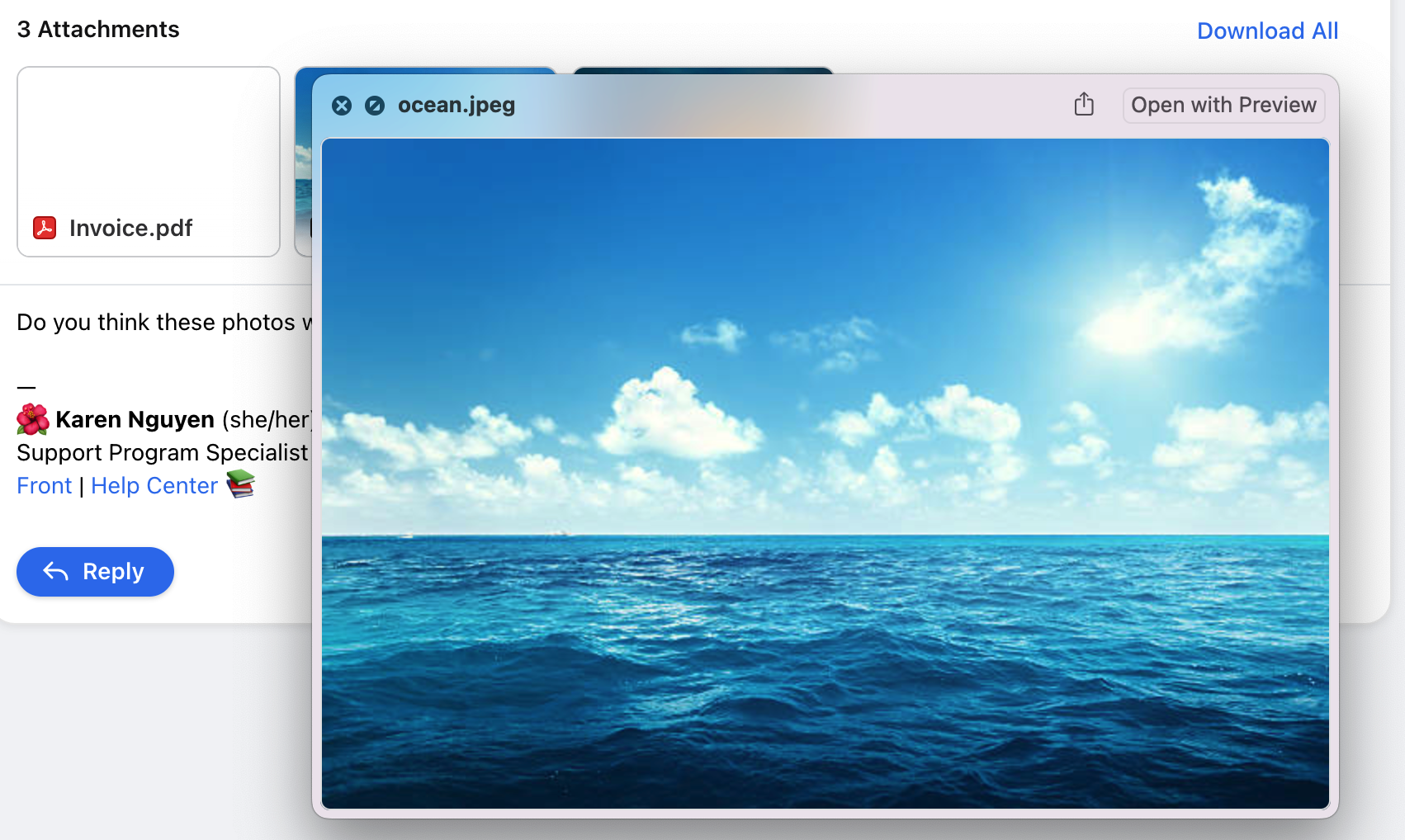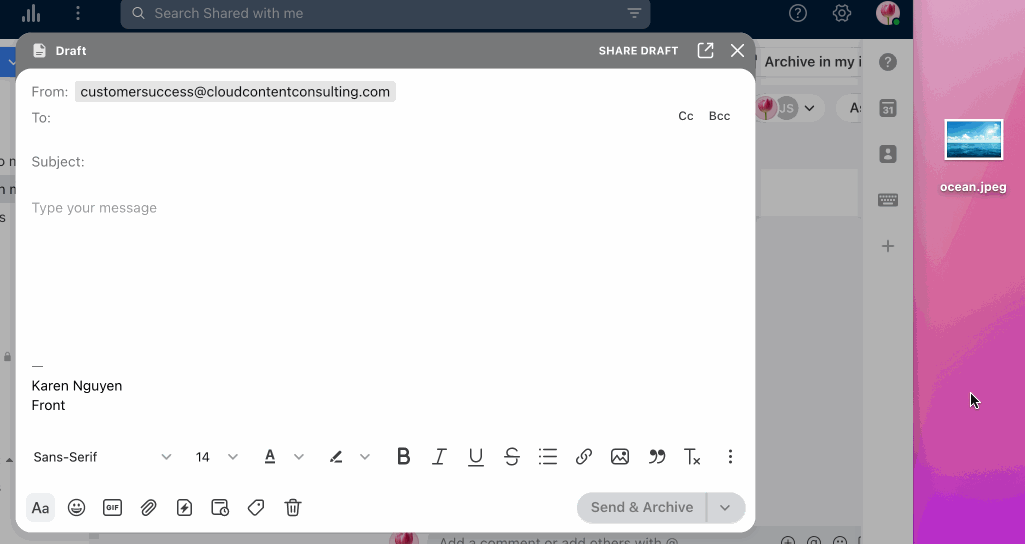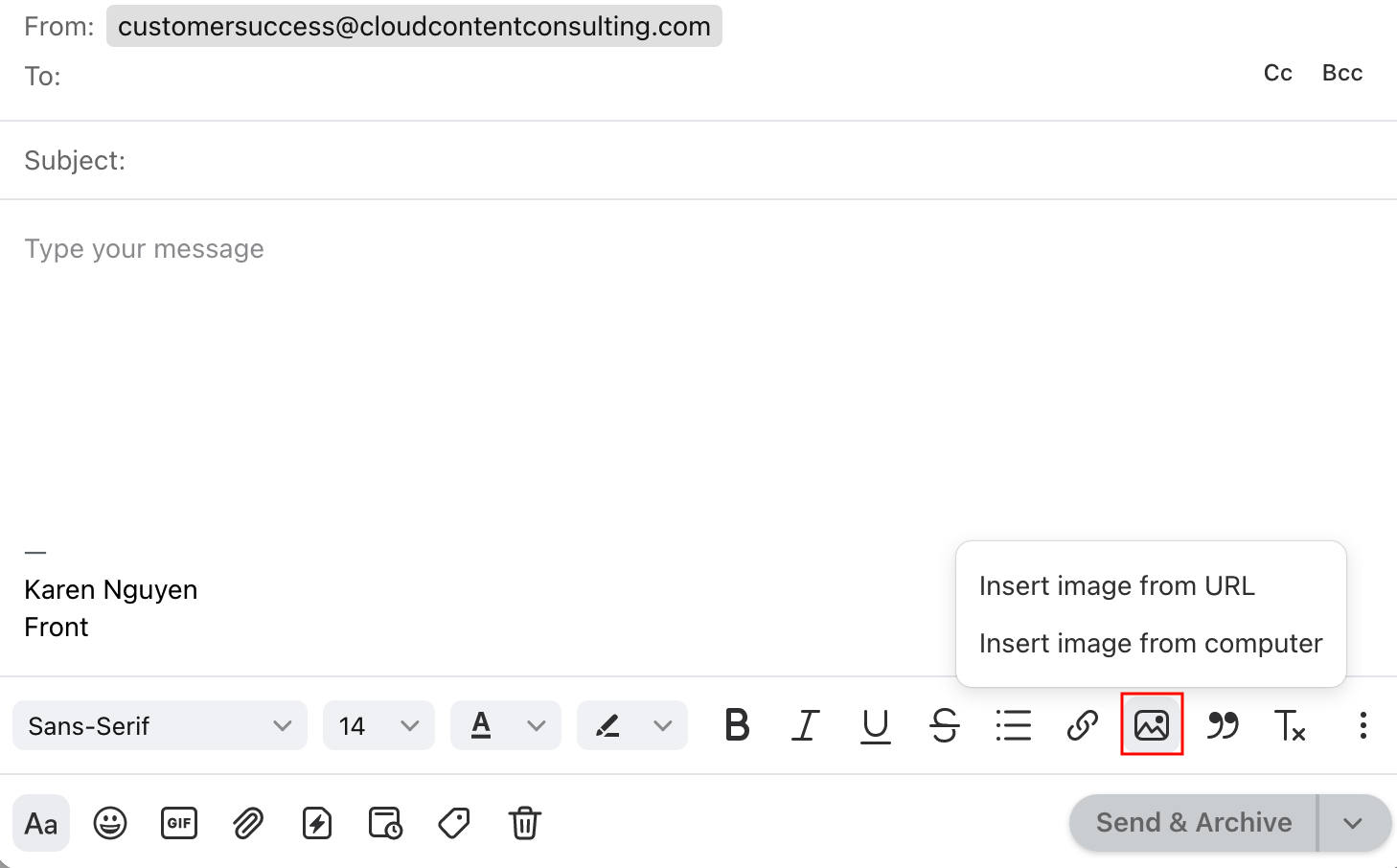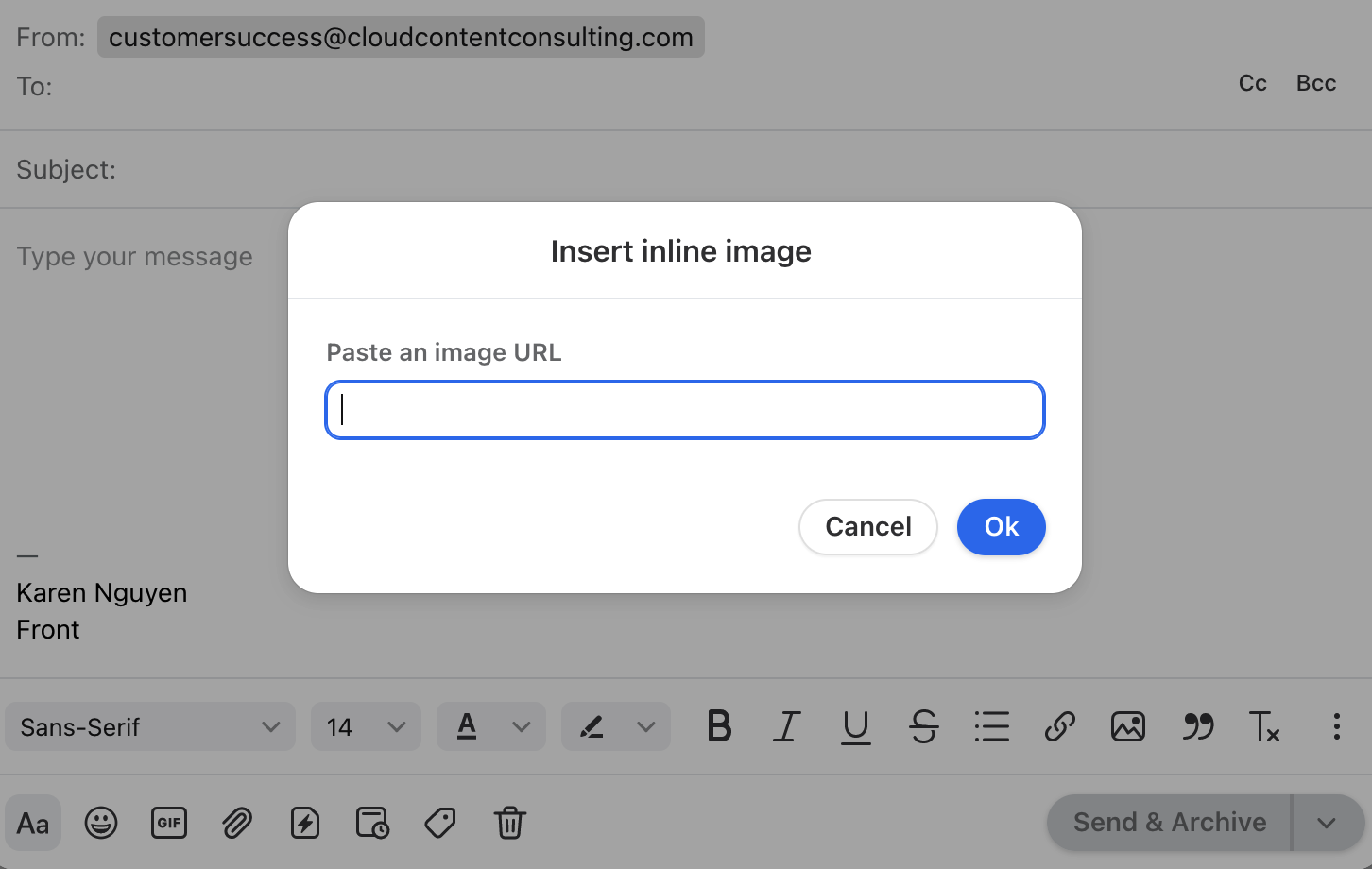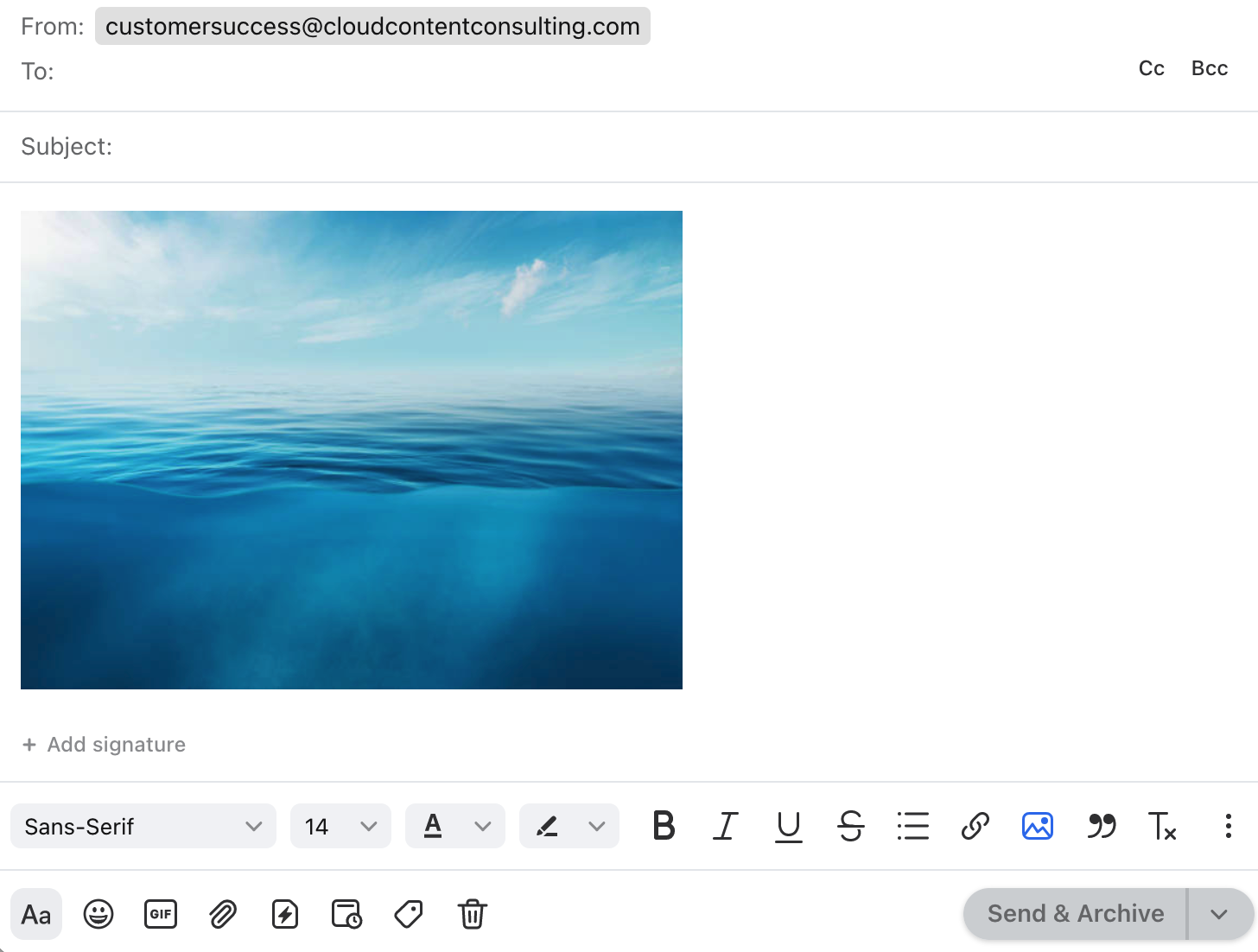How to download and preview attachments
Overview
Front users can send and receive various types of files in email messages, as well as preview or download them onto your computer. There are some differences between how Mac and Windows devices handle the actions, so please read on to learn more.
Preview attachments
Attachments will display in an attachment gallery at the top of the message with clickable thumbnails including the name of the file.
Mac
On the Mac desktop app, clicking a file will open a popup window within the app for you to preview, as shown in the example screenshot below. The file types that can be previewed in-app will depend on the file types that Mac's QuickLook feature supports.
On the Mac browser, clicking the file will open the preview in a new tab in the browser.
Windows
On the Windows desktop app, clicking an attachment thumbnail will download the file to a temporary location, then open the file using the corresponding application on your machine. Front is not able to display a "preview" of the file within the app because the Windows environment does not have a tool to allow this type of in-app preview.
On Windows browser, clicking on an attachment thumbnail will open a new tab to preview the file.
Download attachments
Mac & Windows
To download an attached file to your computer, click the downward arrow on the bottom right of any attached file. You can also click Download All to download a zip file containing all the attachments in the message.
You can edit your download location in your Personal settings. Click into your Personal settings, click Preferences, and find the setting for Download location to choose where you prefer your files to download to.
Inline attachments
Mac & Windows
Users have the ability to attach files directly in the body of the message, which can then be downloaded as files by the recipient.
Drag-and-drop method
Step 1
Locate a file that you can click and drag. It could be from your desktop or another folder.
Step 2
Open your message composer, and drag a file into the body of the message
Step 3
Once a file is dragged into the message body, it will appear as a visible inline attachment where your cursor was.
Computer file or image URL method
Step 1
In your message composer, click the Add image icon shown below. You can either choose an image from your computer or enter an image URL to include. In this example, we will be including an image URL.
Step 2
Insert the image’s URL into the blank field.
Step 3
The image will appear in the message body as a visible inline attachment, rather as an attached file you have to preview or download.


